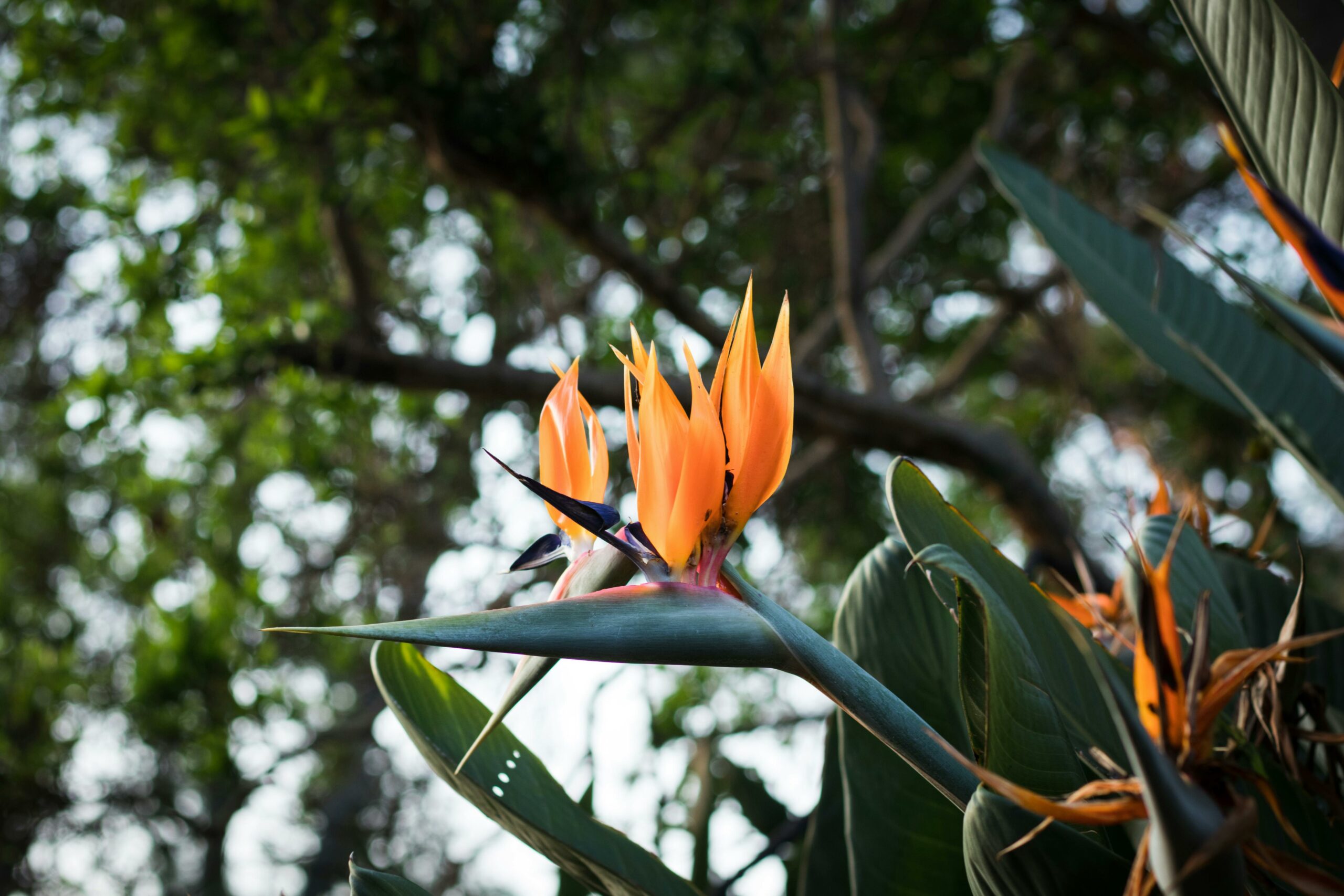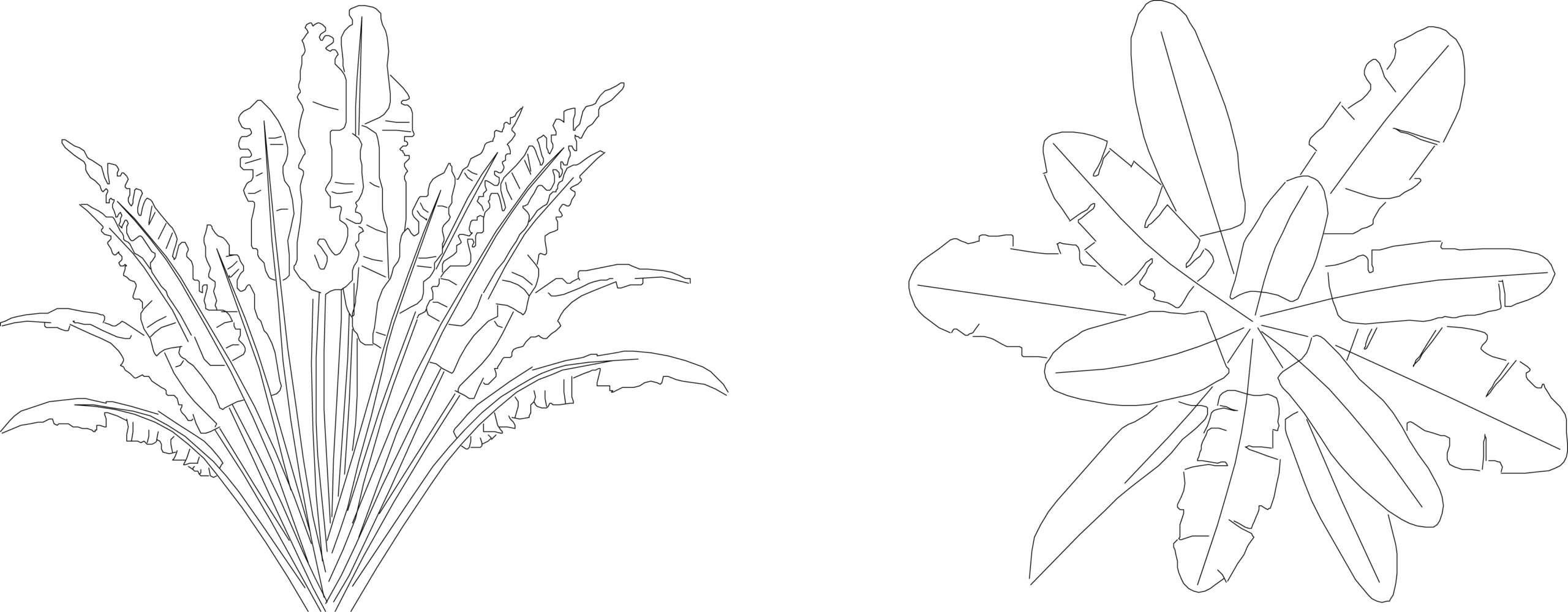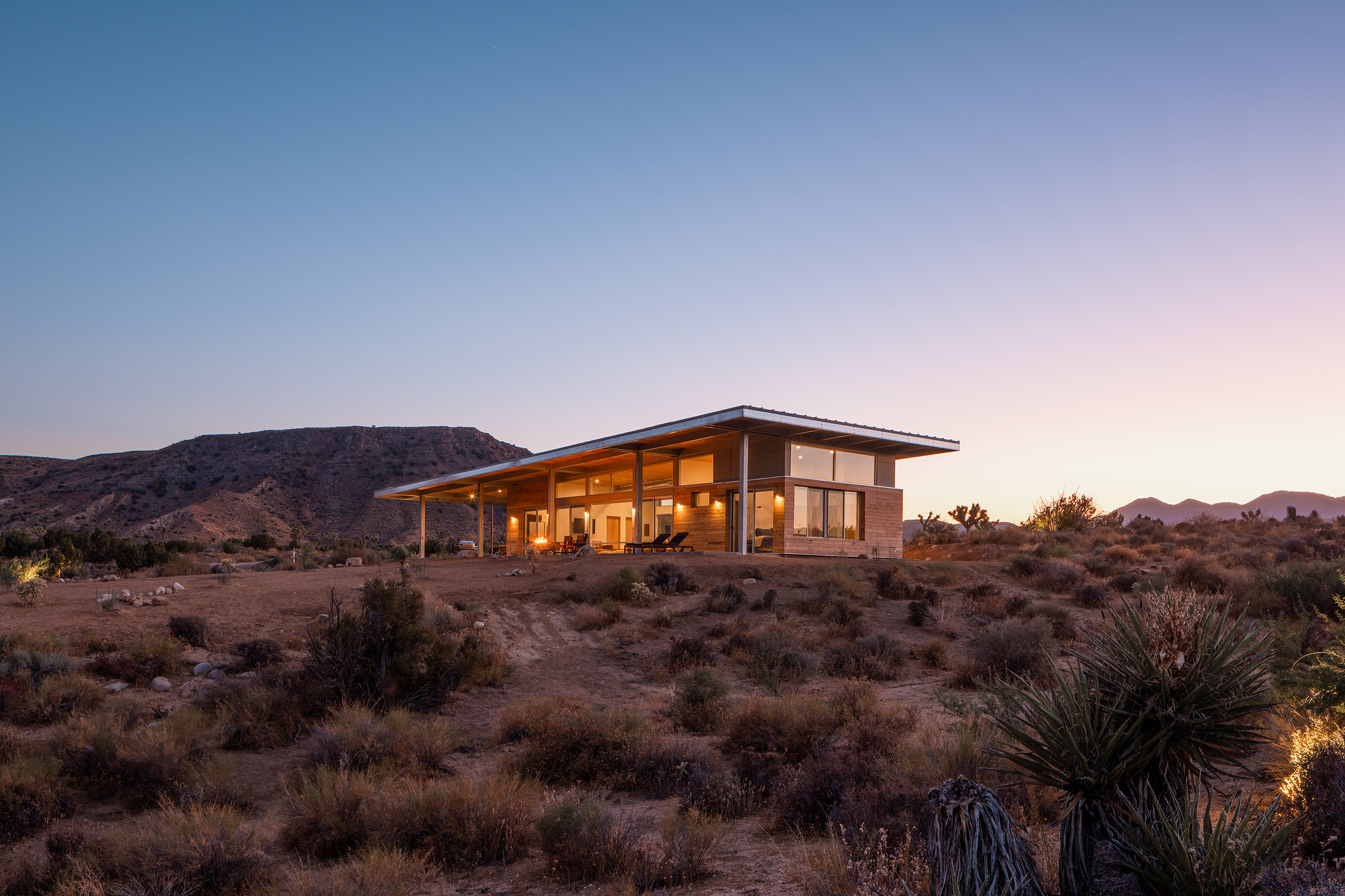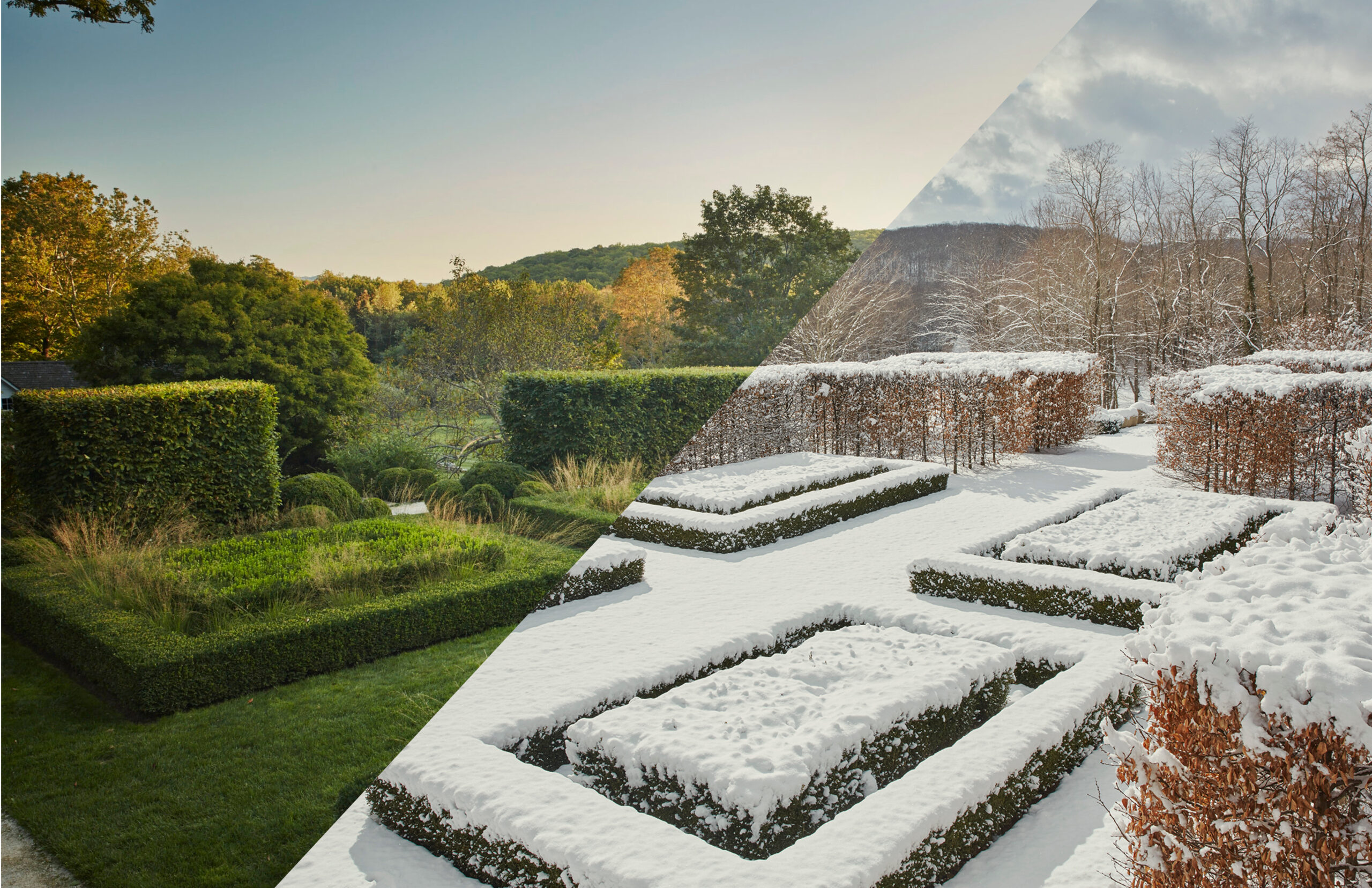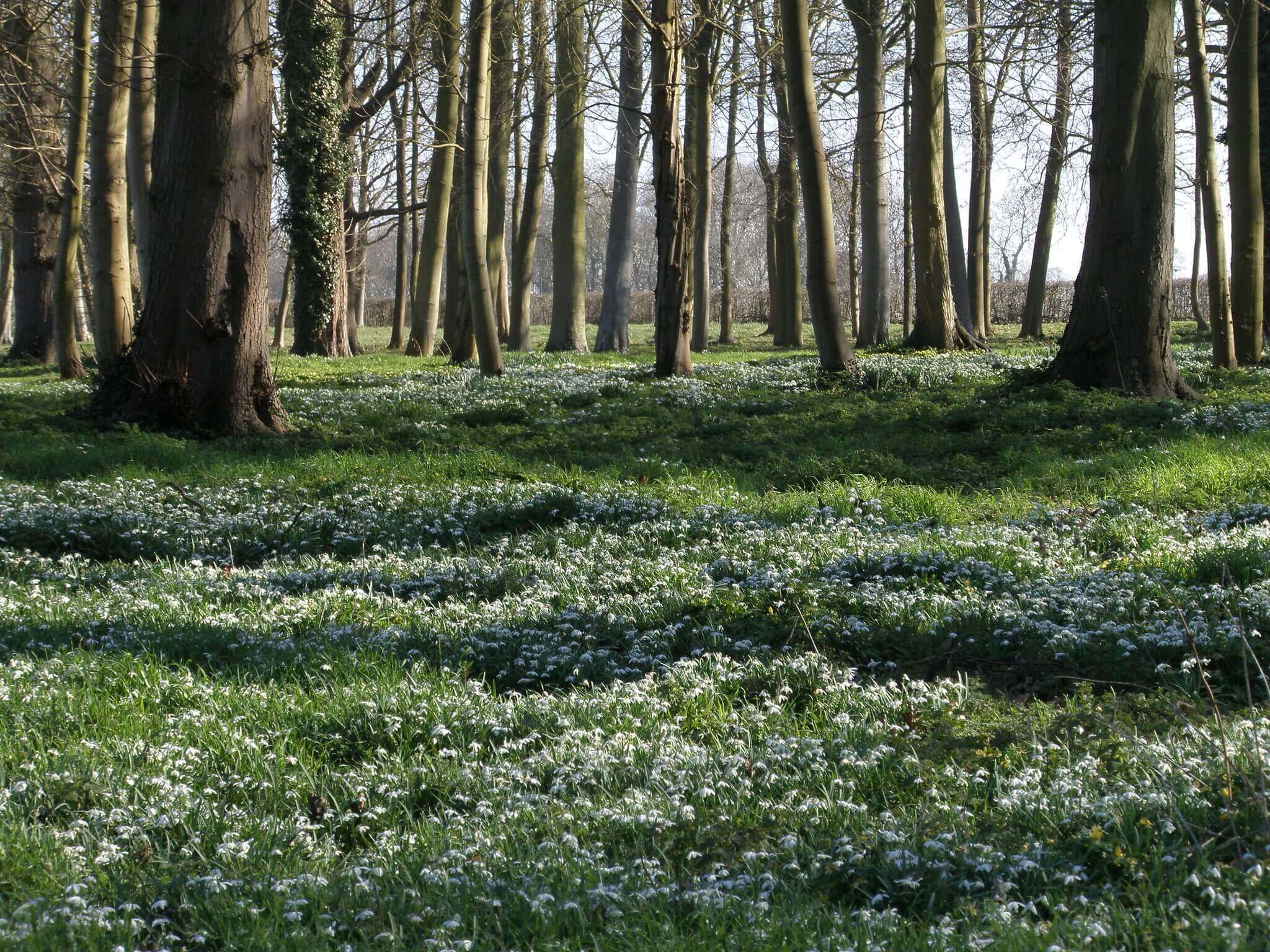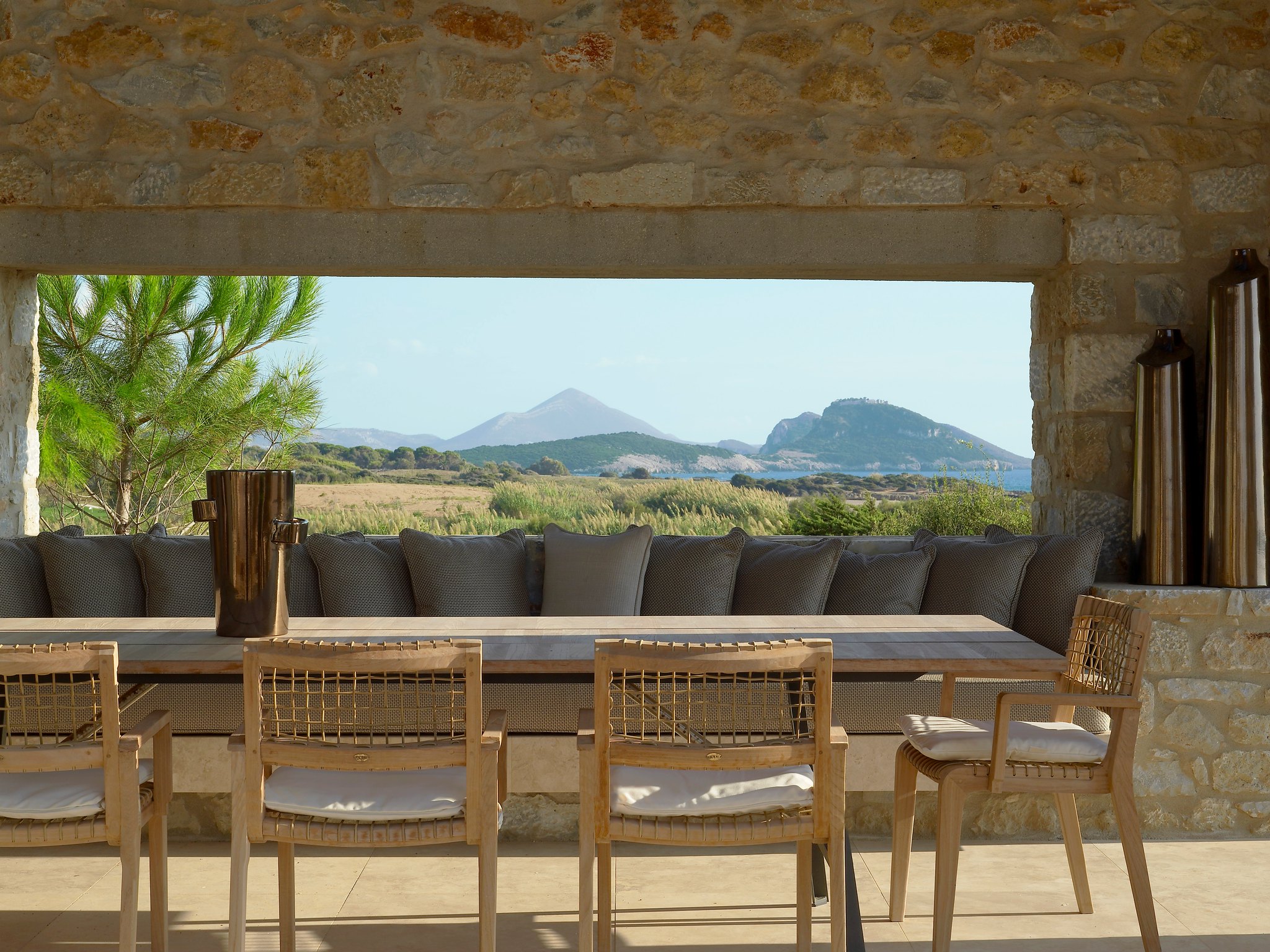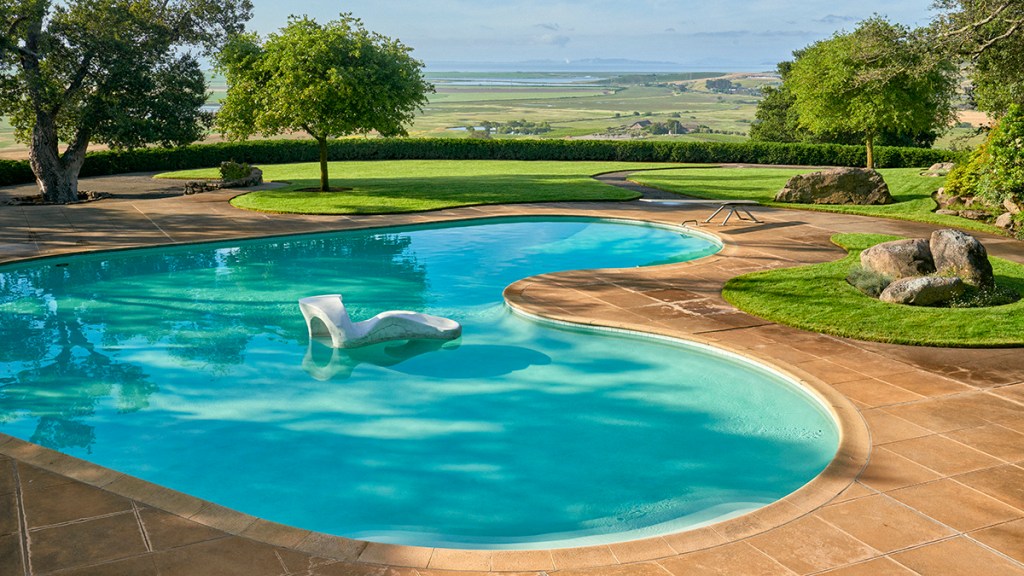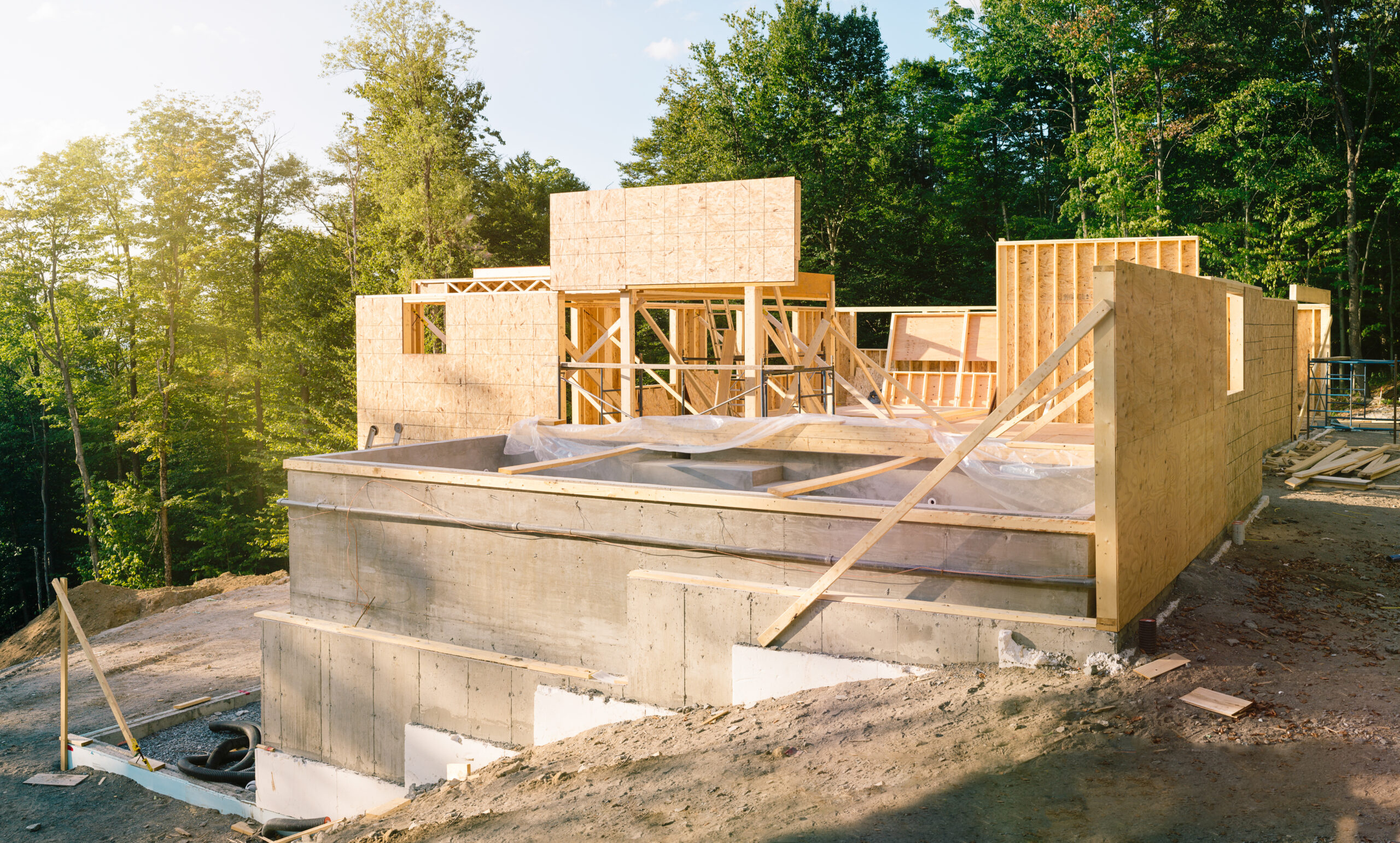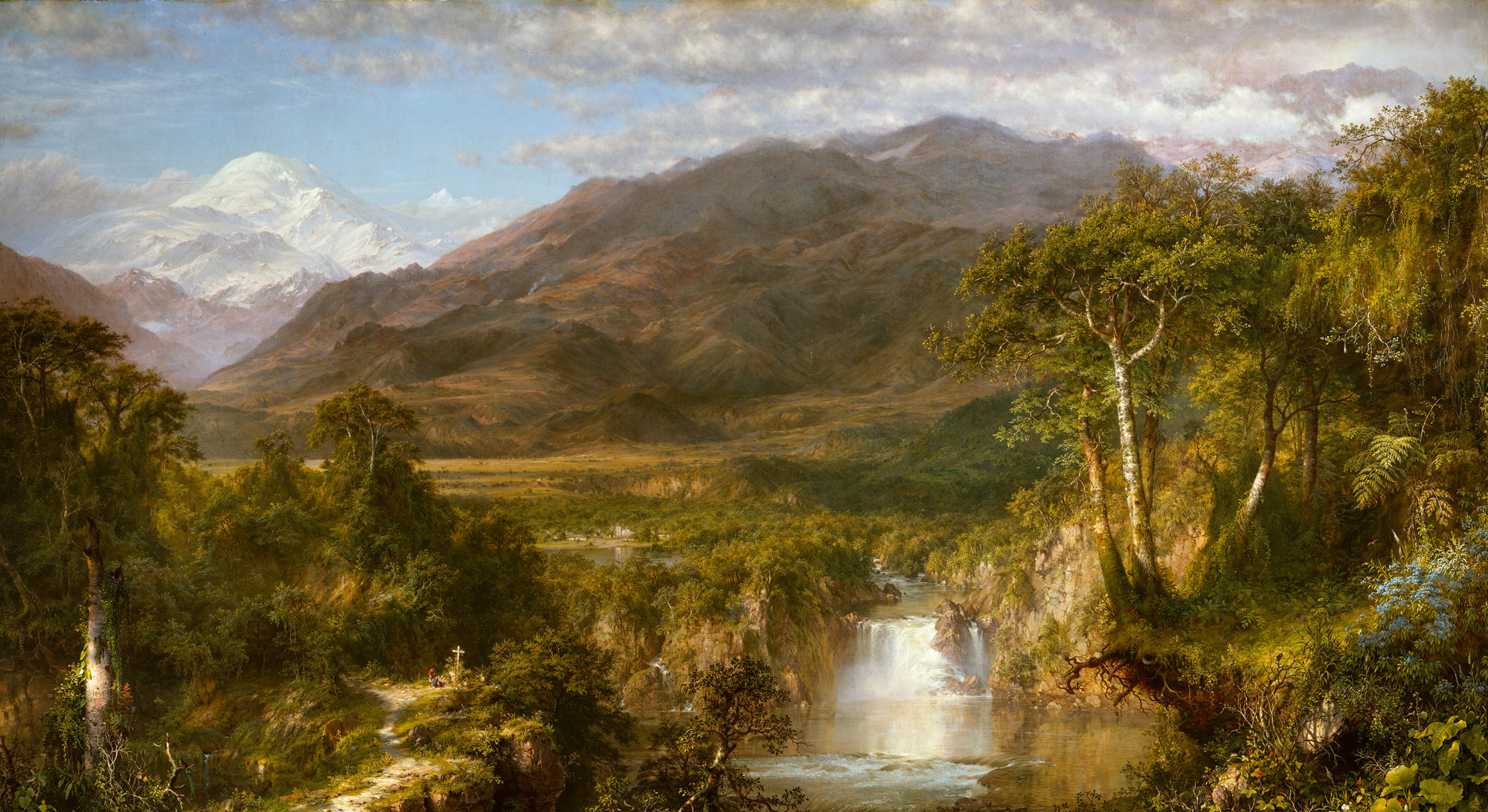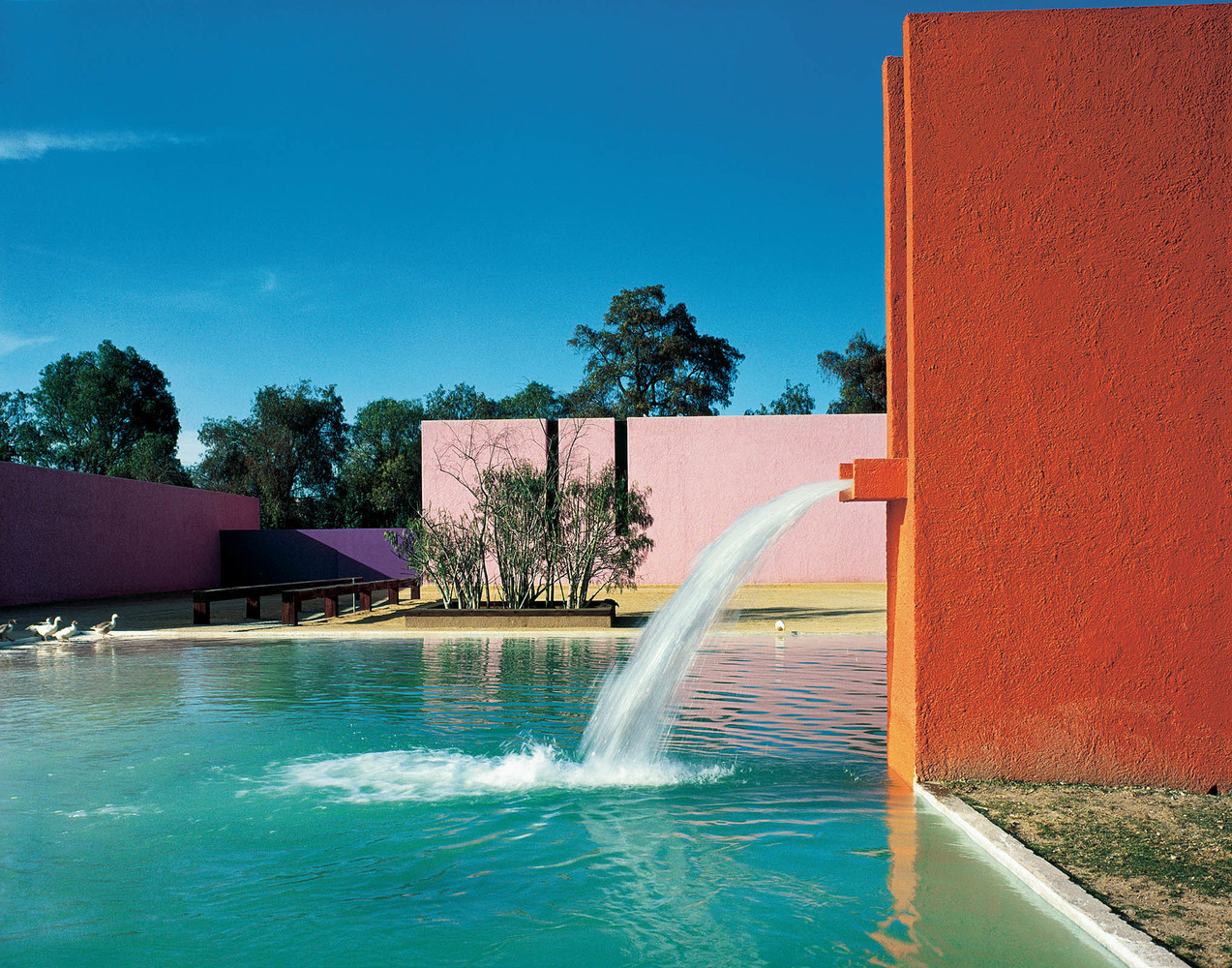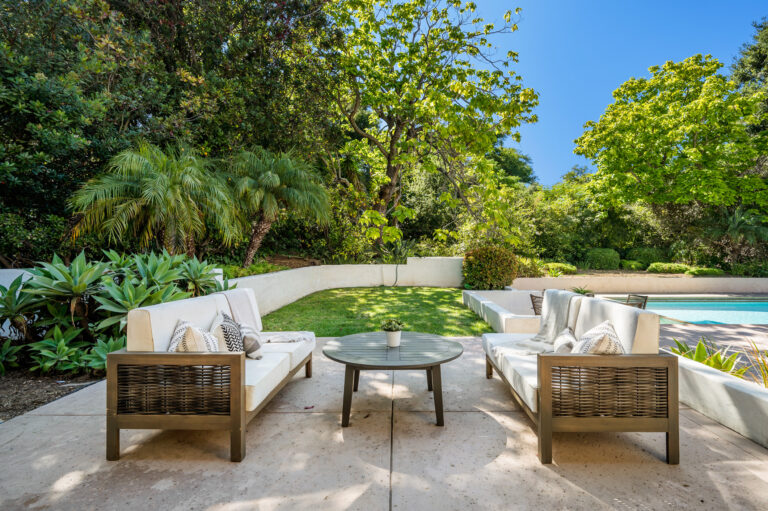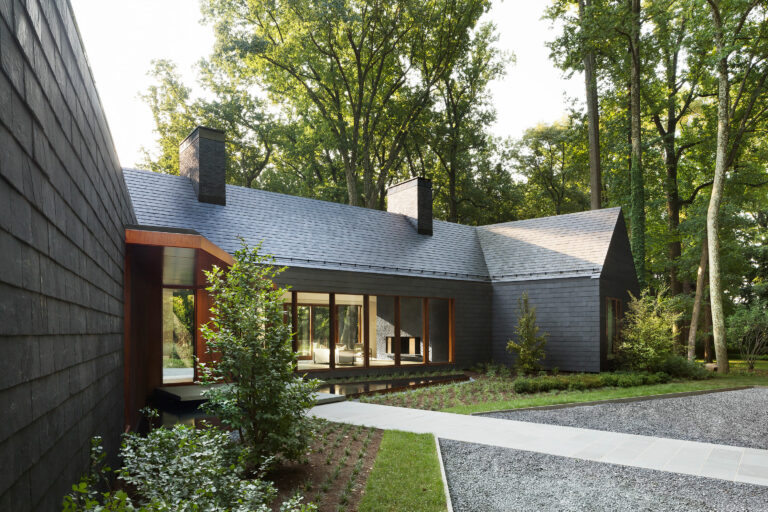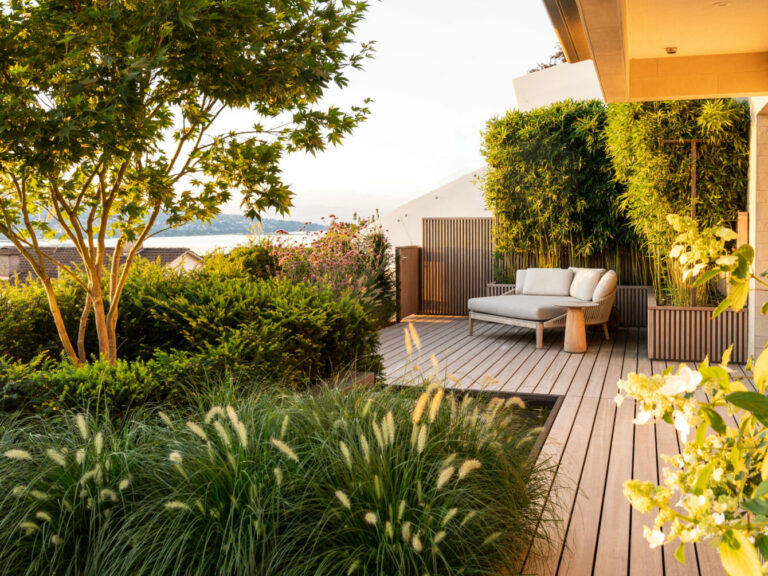Bird of Paradise (Strelitzia reginae)
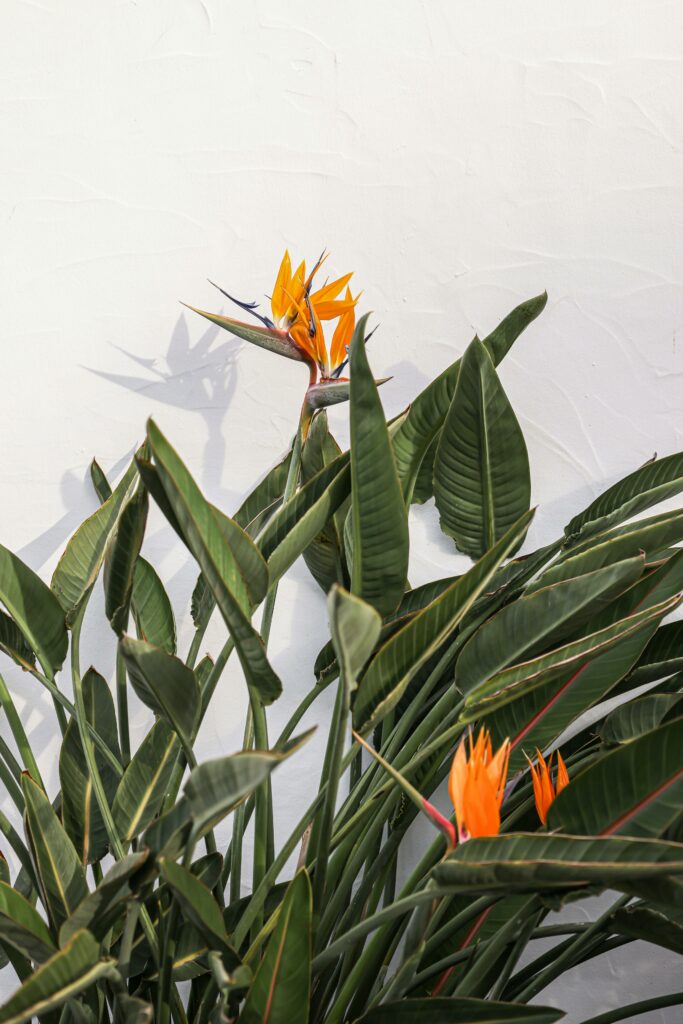
Key Planting Attributes:
- USDA Hardiness Zone: 10-12
- Height: 3 – 4 feet
- Width: 3 – 4 feet
- Growth Rate: Moderate Growing
- Maintenance: Low
- Light: Full Sun to Partial Sun
- Soil: Good Drainage / Moist
- Function: Accent / Clump Forming
- Type: Broadleaf Evergreen
- Landscape Use: Bird of Paradise is a great clump forming plant and can be used in mass plantings for privacy or focal feature plant on a patio.
The Strelitzia reginae, commonly known as the Bird of Paradise, is celebrated for its vibrant orange and deep blue flowers that strikingly mimic the appearance of an exotic bird amidst its lush foliage during the autumn, winter, and spring seasons.
While it is frequently associated with idyllic tropical locales such as Hawaii, its true origins lie in South Africa. There, it thrives in the wild across the eastern Cape, integrating seamlessly with other vegetation along riverbanks and in coastal bush clearings, where it serves as a vital nectar source for avian species. The region’s mild climate, characterized by evenly spread rainfall year-round, nurtures this plant’s growth.
Its captivating beauty has led to widespread cultivation across the globe, particularly in subtropical environments. In the United States, it enjoys popularity as a decorative plant in the warmer climates of Southern California and Florida, even earning the distinction of being the official flower of Los Angeles. Additionally, its unique and striking appearance has made it a favorite choice as a cut flower within the floristry industry.
Water Requirements for the Bird of Paradise
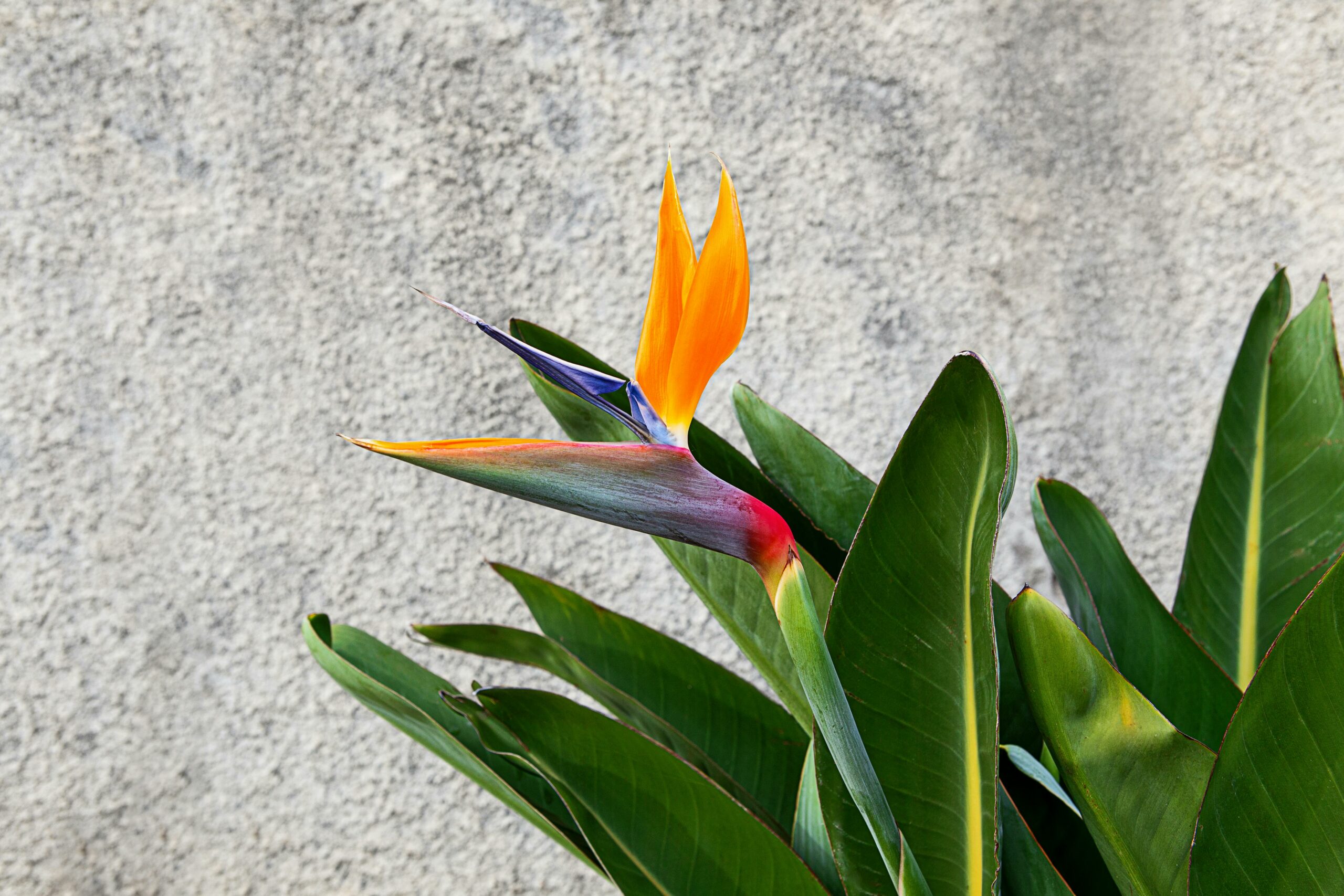
Bird of Paradise plants (Strelitzia reginae, or Strelitziaceae) are popular indoor houseplants for their lush tropical appearance and vibrant leaves. They are relatively easy to grow, but need certain conditions to thrive.
These plants require a consistent and even moisture level to thrive, but they should not be overwatered. Overwatering can lead to root rot, and it will also cause the leaves to become dry and crispy. Some signs of overwatering include yellow leaves, shriveled or brown basal leaves, and swollen and mushy roots.
When caring for the Bird of Paradise, well-draining soil will prevent rot in the roots and allow the plant to absorb nutrients quickly. Once the plant is established, repotting is necessary every two to three years. To repot, gently loosen the plant from its old container with your fingers and carefully slide it out. Place it in a pot that is slightly larger and fill with fresh potting mix. Water the plant thoroughly to help the soil settle.
In the fall and winter, you can reduce the frequency of your Bird of Paradise’s waterings and let the soil dry out between sessions. When you do water, be sure to thoroughly soak the soil until it runs out of the bottom of the pot and discard any excess water sitting in the saucer.
Sun Exposure Requirements
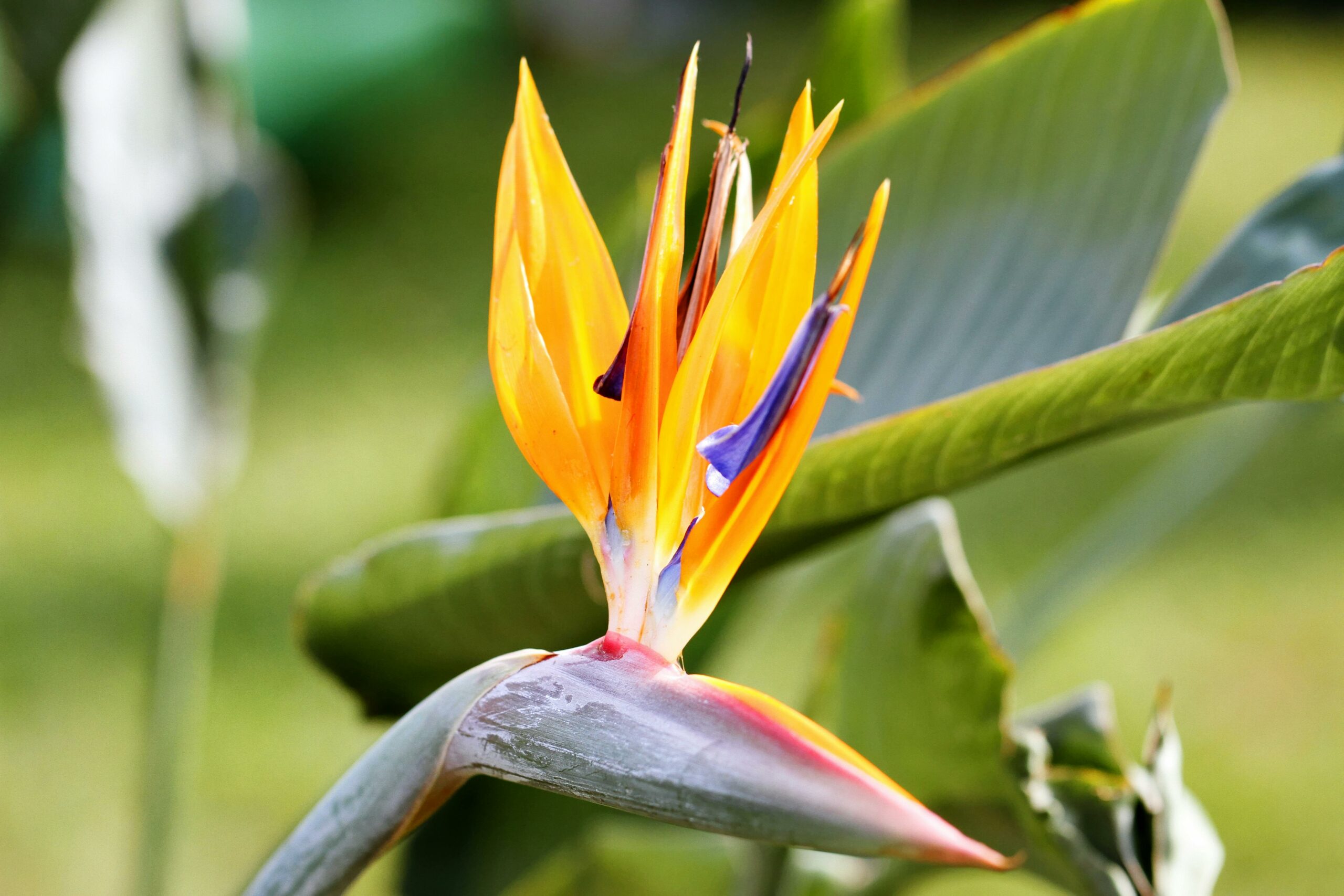
Whether they are planted indoors or outdoors, Bird of Paradise plants love to bask in the sun.
Their long, broad leaves are a sight to behold, but they can become scorched in harsh sunlight and lose their color and beauty. In order to prevent this, you need to shield them from direct sunlight during the hottest part of the day. If possible, orient your plant so that the sun comes through from the side or rear, instead of straight overhead.
These plants thrive in bright, indirect sunlight. In their natural habitat, they grow under the canopy of taller trees, receiving filtered sunlight throughout the day. Mimicking these conditions indoors or in a garden setting is ideal for their health and development.
Design Style For Bird of Paradise
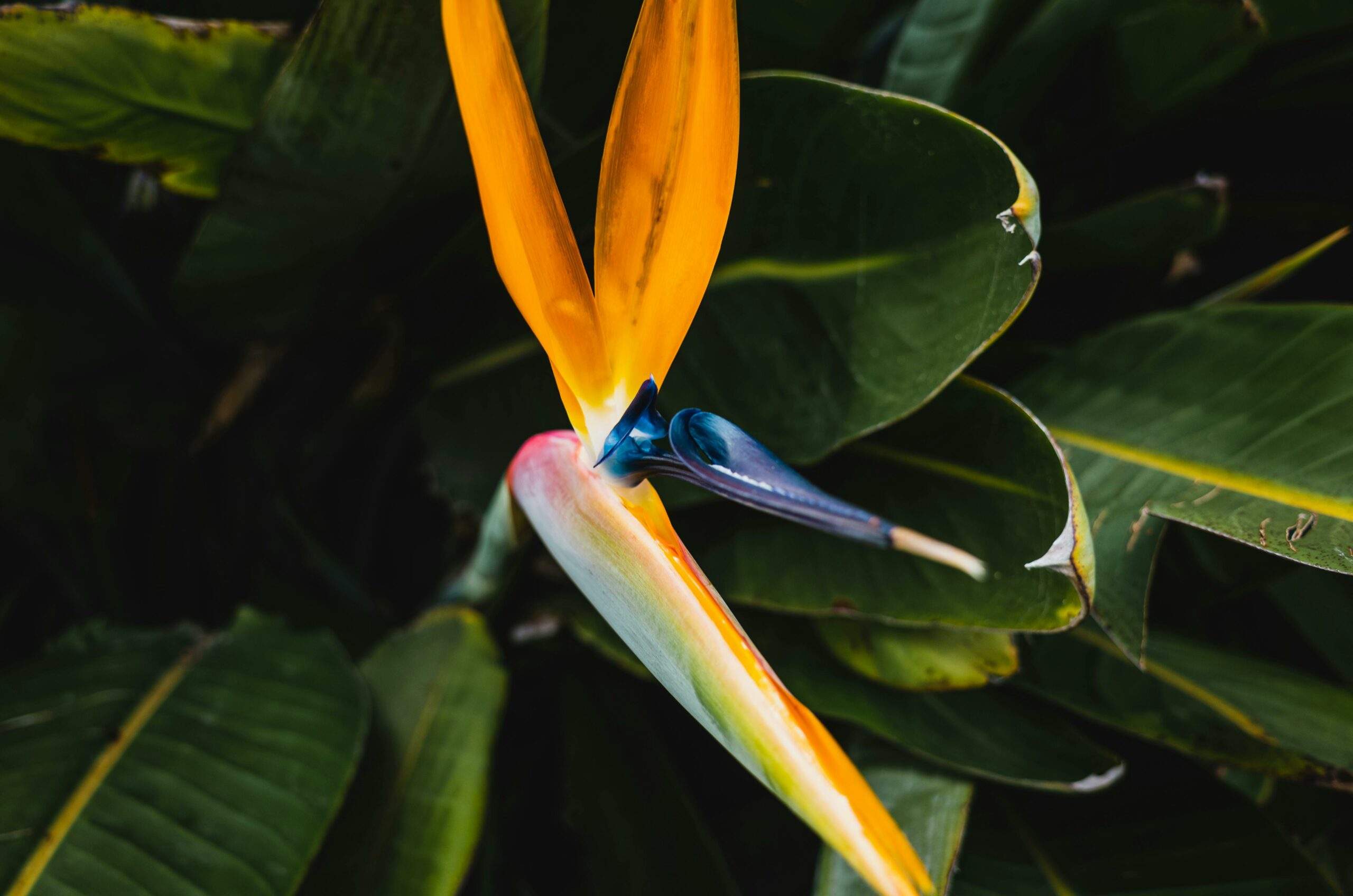
The exotic-looking bird of paradise (Strelitzia reginae, or Strelitzia nicolai) adds drama to any garden, even in frost-free zones 9 through 11. This tropical perennial is closely related to the banana plant and boasts flowers that resemble the feathers of a tropical bird.
The bright orange and blue blooms are eye-catching enough to serve as a focal point in any landscape, but they also look striking when combined with contrasting colors or placed among plants with deep green leaves.
The bold orange color of the flower is striking against a dark backdrop, so it is a good idea to incorporate other plants with deep shades of green or darker colors into the landscape design. This helps to create a balanced and harmonious color palette.
Alternatively, the plant can be paired with plants and flowers that are complementary in hue to create a dramatic landscape. These include colors that are directly related to orange, such as yellows and reds, or those that are opposite on the color wheel, such as blues and greens.
